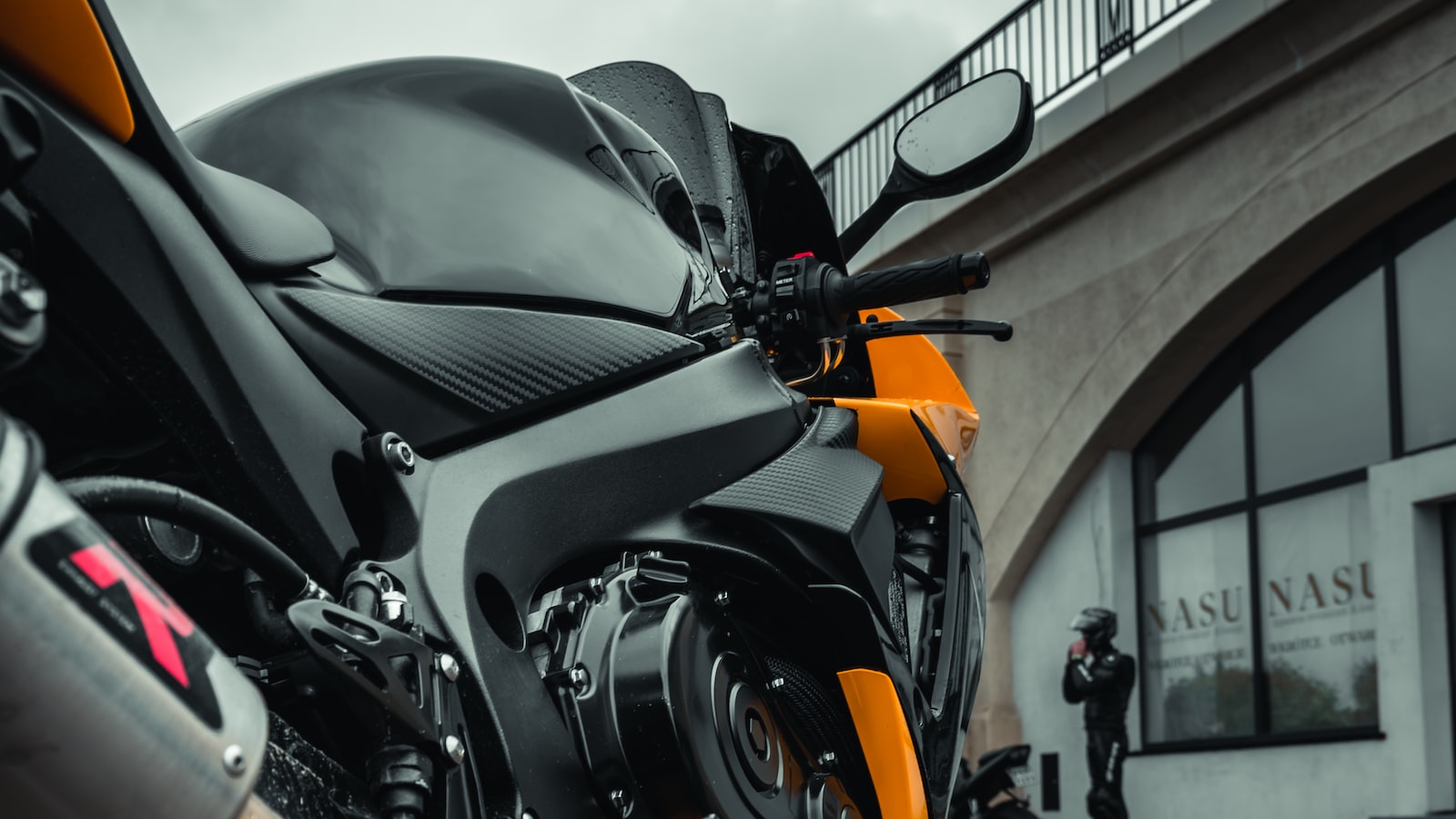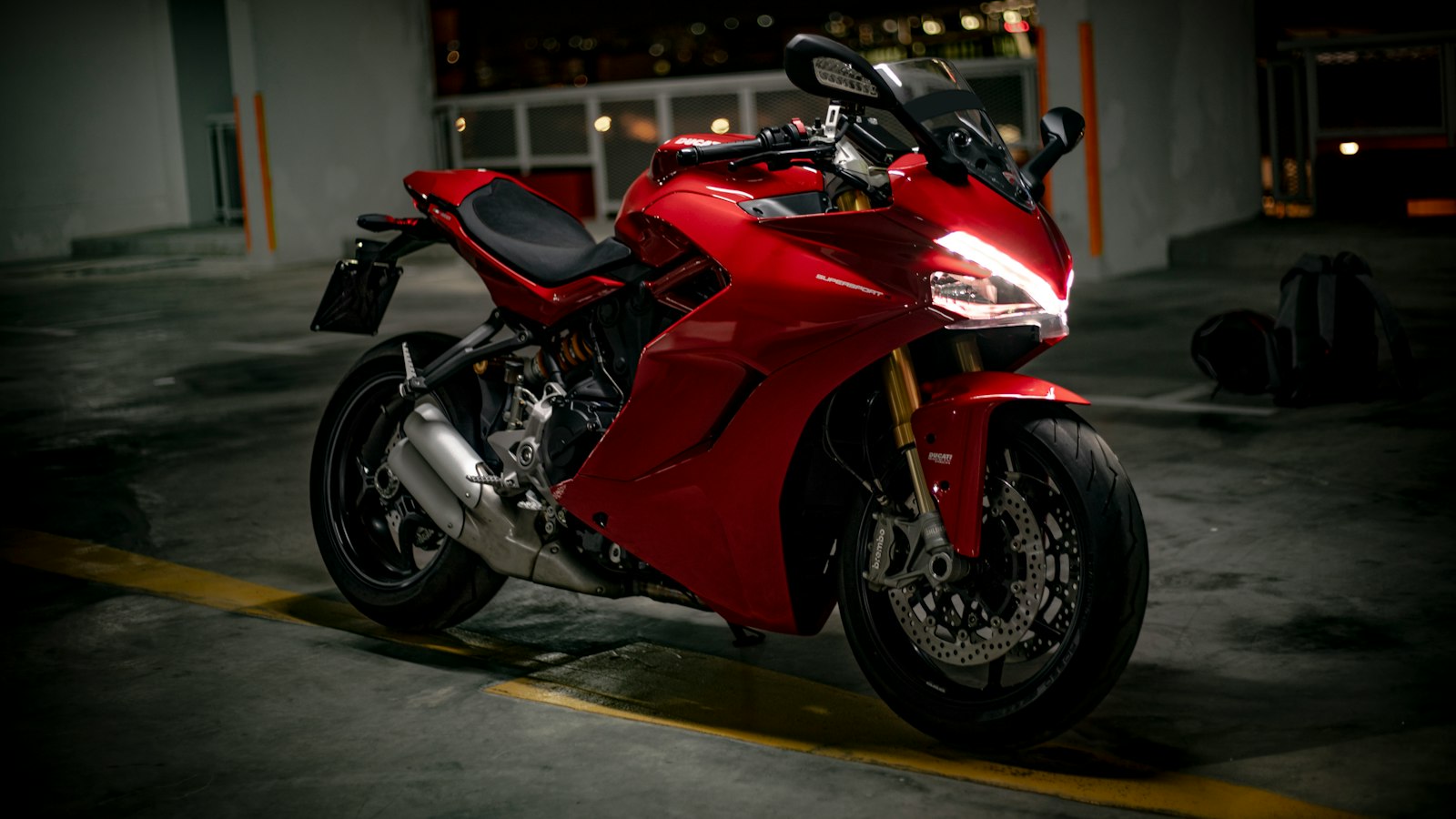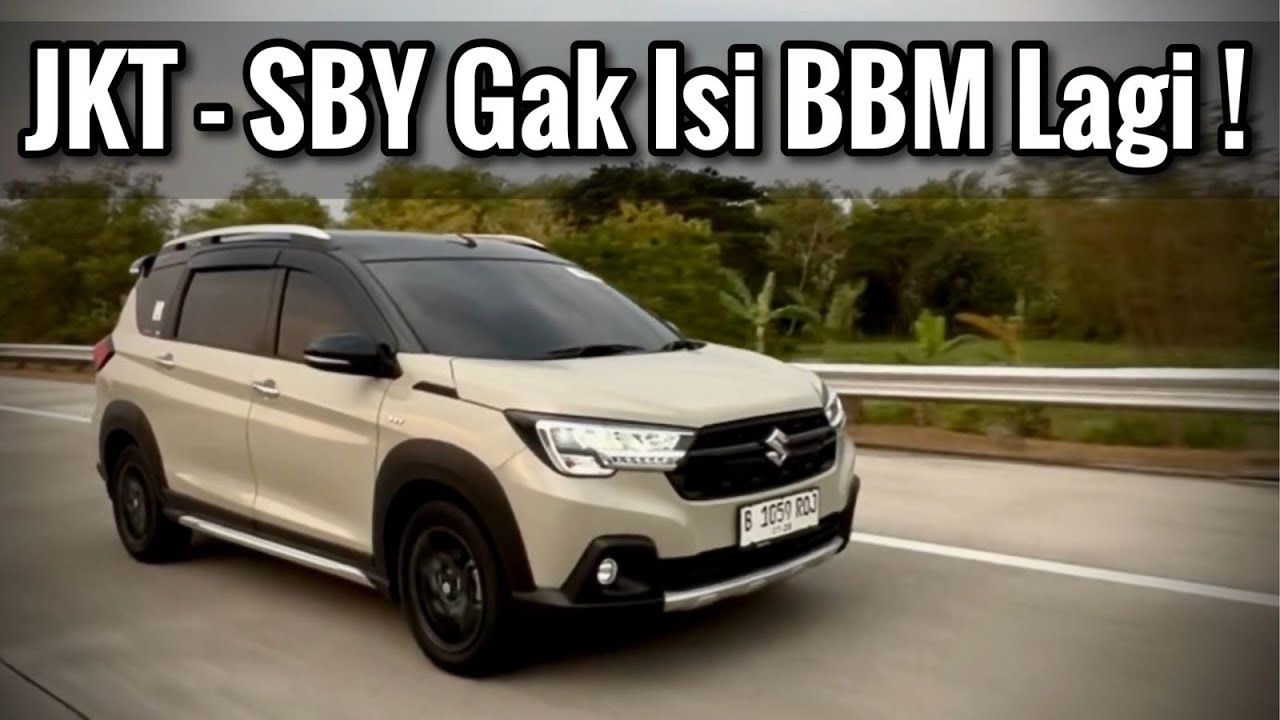Unlocking the Hidden Power of the Suzuki XL7: A Smart Hybrid Indicator That Seems Ineffective"
Welcome to our blog post, where we delve into the fascinating world of the Suzuki XL7, specifically discussing its unique smart hybrid indicator that appears to be non-effective. This crossover, based on an MPV platform, stands apart as one of the few hybrid options available on the global market. It boasts the impressive ability to traverse the distance between Jakarta and Surabaya on just a single tank of fuel, making it an enticing prospect for eco-conscious drivers.
In this video from Motomobi, we explore the backstory of the Suzuki XL7, which is nothing short of intriguing. Suzuki has always had a knack for designing vehicles that defy competition and carve out a niche for themselves. From the iconic Jimny, the pioneering compact SUV that had no rivals, to the Suzuki Baleno, which boldly played with its class distinction, the XL7 continues this trend of breaking conventions.
The XL7’s debut in 1998 as a rugged SUV with a V6 engine and a capacity for seven passengers captivated the Indonesian market. However, its hefty price tag made it less accessible to the general population, while the absence of four-wheel drive capabilities dampened its prospects further. Consequently, only the first-generation XL7 flourished, leaving the country yearning for a glimpse of its second-generation counterpart. Fortunately, in 2020, Suzuki Indonesia introduced a new XL7 that, while bearin the same model name, transitioned into a crossover built on an MPV foundation. This daring move showcased Suzuki’s ability to deliver exactly what Indonesian drivers desired – a fuel-efficient and cost-effective vehicle.
To put the XL7’s hybrid capabilities to the test, esteemed automotive enthusiasts Fitra Eric and Om Mobi took it for a spin on a staggering 700 km journey from Jakarta to Surabaya. Astonishingly, they completed the entire trip using just a single tank of fuel without a refill, showcasing the XL7’s remarkable fuel efficiency. For undeniable proof of this feat, make sure to check out their respective channels and subscribe for more captivating content.
In addition to its smart hybrid indicator, our subsequent review will delve deeper into the XL7’s features and performance. We’ll also explore real-life experiences shared by seasoned drivers, who put the vehicle through its paces on challenging terrains. From dusty off-road excursions to uphill adventures, these firsthand encounters shed light on the XL7’s versatility and durability.
Stay tuned for more engaging insights on the Suzuki XL7, and discover why this crossover has become a game-changer in the Indonesian automobile market.
– Introduction to the Suzuki XL7 Smart Hybrid: The Unique Crossover with Almost Hybrid Engine

The Suzuki XL7 Smart Hybrid is a unique crossover that offers an almost hybrid engine, making it one-of-a-kind in its class. Unlike traditional hybrids, it utilizes an innovative technology that allows it to achieve exceptional fuel efficiency without compromising on performance. With its smart hybrid engine, the Suzuki XL7 can travel from Jakarta to Surabaya on just one tank of fuel, making it a practical and cost-effective choice for long-distance journeys.
Suzuki has always been known for its pioneering approach to vehicle manufacturing, and the XL7 is no exception. Just like the iconic Jimny, which revolutionized the small SUV market, the XL7 sets itself apart from the competition. While most SUVs have larger engines that tend to be fuel-consuming, the XL7 breaks the mold by offering a smaller, more efficient engine without sacrificing power. This unique combination of fuel efficiency and performance is a testament to Suzuki’s commitment to innovation and their desire to create vehicles that are in a league of their own.
The Suzuki XL7 is not just a crossover; it resembles an SUV with its distinct design features. The first generation of the XL7, launched in 1998 and introduced to Indonesia in 2003, had a robust SUV-like appearance reminiscent of the Grand Escudo. However, its V6 engine and higher price tag made it less accessible to Indonesian consumers, leading to limited popularity. Despite this setback, Suzuki recognized the demand for a more affordable and fuel-efficient option. In 2020, they reintroduced the XL7 as a crossover built on an MPV platform, offering the perfect blend of size, capacity, and fuel economy that Indonesian drivers are seeking. Although it may be considered a step down from its predecessor, the XL7 Hybrid embodies the qualities that truly matter to Indonesian car owners—an efficient and cost-effective vehicle that can go the distance.
– The Uniqueness of Suzuki XL7: A History of Suzuki’s Different Approach to Cars

Suzuki XL7 is truly a unique crossover that showcases Suzuki’s innovative approach to car design and engineering. Throughout its history, Suzuki has always strived to create vehicles that stand out from the competition and offer something different. This philosophy can be seen in their previous models like the Jimny, which was a pioneer in the compact SUV segment and had no direct competitors in Indonesia at the time.
Unlike other SUVs that had large engines and were fuel-guzzlers, the Jimny came with a small engine and compact body. Fast forward to the present, and Suzuki continues its trend of uniqueness with the Suzuki XL7. This crossover, which was first introduced in 1998 and later entered the Indonesian market in 2003, had a more SUV-like design compared to other crossovers of its time. With its resemblance to the Grand Escudo, the XL7 quickly became a desirable choice for those who wanted a seven-seater SUV with a V6 engine and a capacity of 2500 cc.
However, the high price tag made it less accessible to the Indonesian market, and its lack of four-wheel drive capability further limited its appeal. Despite these challenges, the first generation of the XL7 enjoyed some popularity, but a second generation was never introduced in Indonesia. It wasn’t until 2020 that Suzuki Indonesia reintroduced the XL7, but with a twist. This time, the XL7 transformed from a pure SUV to a crossover built on an MPV platform, resulting in a downsizing of its previous stature and a move away from the XL7 name.
Despite the shift in direction, this unique approach by Suzuki proved to be what the Indonesian market needed. The XL7 Hybrid, though smaller and less powerful than its predecessor, offers impressive fuel efficiency, converting what was once a gas-guzzler into an economical choice for Indonesian drivers. In fact, the XL7 Hybrid was put to the test by traveling a distance of 700 kilometers from Jakarta to Surabaya on just one tank of fuel, providing tangible proof of its exceptional fuel economy. This remarkable feat can be witnessed on various automotive channels like Motomobi and Fitra Eric, where they both put the XL7 Hybrid through rigorous tests and showcased its impressive capabilities.
In conclusion, the Suzuki XL7 stands as a testament to the uniqueness and innovation that Suzuki brings to the automotive industry. Throughout its history, Suzuki has consistently taken a different path, creating vehicles that defy conventions and meet the changing needs of its customers. With the XL7 Hybrid, Suzuki has successfully created a crossover that offers both fuel efficiency and practicality, making it a valuable choice for Indonesian drivers.
– Suzuki XL7: From SUV to Crossover – A Successful Downgrade

The Suzuki XL7 has undergone a successful transformation from an SUV to a crossover, resulting in a unique and versatile vehicle that stands out from its competitors. Suzuki has always been known for creating vehicles that are unlike any other, and the XL7 is no exception. Just like the famous Jimny, which pioneered the compact SUV segment in Indonesia, the XL7 offers something different and sets itself apart in the market.
In the past, SUVs were known for their large engines and fuel consumption. However, Suzuki took a different approach with the XL7 by downsizing the engine and focusing on fuel efficiency. The XL7 Smart Hybrid is a crossover that combines the functionality of an SUV with the fuel efficiency of a hybrid. It is the only crossover in the world that is almost hybrid, making it a standout choice for environmentally conscious drivers.
The XL7 has a rich history, starting with its first generation in 1998 and its introduction in Indonesia in 2003. Initially, it resembled more of an SUV than a crossover, with a design reminiscent of the Grand Escudo. However, the first generation was considered expensive for Indonesian consumers, and it did not have the 4×4 capabilities that were desired at the time. As a result, the XL7 was only enjoyed by a select few in Indonesia. Despite this, Suzuki introduced a second generation of the XL7 in 2006, which was larger and more modern than its predecessor. However, it was not released in Indonesia until 2020.
The launch of the all-new XL7 in Indonesia surprised many, as it transitioned from being a pure SUV to a more affordable and fuel-efficient crossover. This downgrade in size and status, however, turned out to be exactly what Indonesian consumers were looking for. The XL7 Hybrid offers a practical and cost-effective option for those who previously owned fuel-guzzling vehicles. It has proven its efficiency by traveling an impressive 700 kilometers from Jakarta to Surabaya on just one tank of gasoline, a feat that can be witnessed on the Motomobi and Fitra Eric channels.
In addition, the XL7 has been tested in various terrains, including challenging uphill drives, showcasing its durability and reliability. Its rugged appearance, with the dirt-covered tires after a tough off-road test, highlights its capability to handle different road conditions. The XL7 has definitely sparked interest among consumers, offering a unique combination of affordability, fuel efficiency, and versatility.
The Suzuki XL7 is truly a successful downgrade, providing a viable solution for Indonesian drivers who seek a crossover that is both economical and functional. With its hybrid technology, attractive design, and proven performance, the XL7 is set to make a lasting impression in the Indonesian market. Without a doubt, Suzuki has once again proven its ability to think outside the box and deliver a vehicle that meets the evolving needs of its customers.
– Fuel Efficiency at its Best: Driving 700 KM from Jakarta to Surabaya on a Single Tank

Suzuki XL7 is a unique crossover vehicle that is based on an MPV platform and is considered one of the best in terms of fuel efficiency. It is almost like a hybrid car that can drive from Jakarta to Surabaya, covering a distance of 700 KM, on just a single tank of fuel. This feat is made possible by the innovative Suzuki XL7’s Smart hybrid technology.
Suzuki has a history of creating unmatched vehicles, and the XL7 is no exception. Just like the Jimny, which revolutionized the SUV market in Indonesia, the XL7 sets itself apart from others with its small engine and compact design. However, Suzuki has taken a unique approach with the XL7, aiming to cater to a wider audience by offering a more affordable option. Despite its smaller size and crossover-like appearance, the XL7 still retains its SUV DNA, making it an ideal choice for those who value both fuel efficiency and spaciousness. It’s no wonder that the XL7 has become a popular choice for many Indonesian drivers looking for a reliable and economical vehicle for their long-distance journeys.
To wrap up this blog post, we have explored the YouTube video titled ”SUZUKI XL7 Smart Hybrid Indikator Bensin Seakan Gak Berfungsi”, where we delved into the unique history of the Suzuki XL7. Suzuki has always been known for creating vehicles that stand out from the crowd, and the XL7 is no exception.
In the past, Suzuki introduced the pioneering SUV called Jimny, which had no rival in its class. And now, with the XL7, Suzuki once again showcases its desire to be different. While other SUVs boast bigger engines and consume more fuel, the XL7 breaks the mold with its smaller size and fuel efficiency.
Originally launched in 1998 as a more SUV-like vehicle, the XL7 has evolved over the years. It gained popularity among those who desired a V6-powered SUV with a 2500 cc engine. However, its high price tag and lack of four-wheel drive capability made it less accessible to the Indonesian market.
Fast forward to 2020, Suzuki introduced the second generation of the XL7 in Indonesia. Though it may have lost some of its SUV grandeur, the XL7 Smart Hybrid has proven to be exactly what Indonesian car enthusiasts need – a fuel-efficient crossover built on an MPV platform. Its impressive range, as demonstrated by a 700 km drive from Jakarta to Surabaya on just one tank of fuel, is a testament to its efficiency.
But it’s not just about fuel economy. The XL7 has been put through its paces on challenging terrains, showcasing its ability to handle tough conditions. The reviews by various automotive enthusiasts, such as Om Fitra and Om Mobi, prove that the XL7 is a reliable and versatile vehicle.
In conclusion, the Suzuki XL7 Smart Hybrid may have taken a step back in terms of its SUV status, but it has certainly stepped forward in delivering what Indonesians truly need in a car – affordability, fuel efficiency, and reliability. We can’t wait to see what Suzuki has in store for us next!
